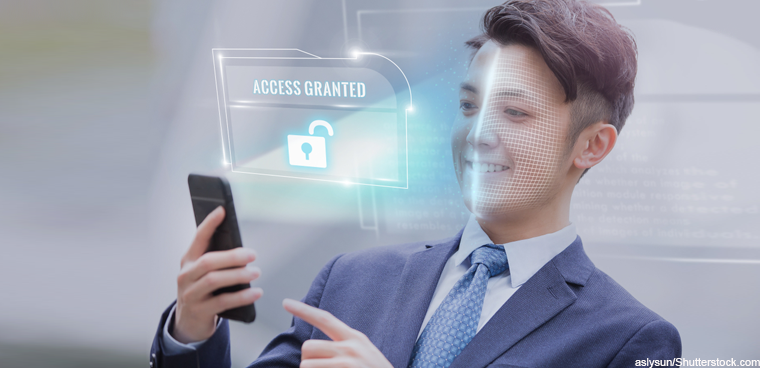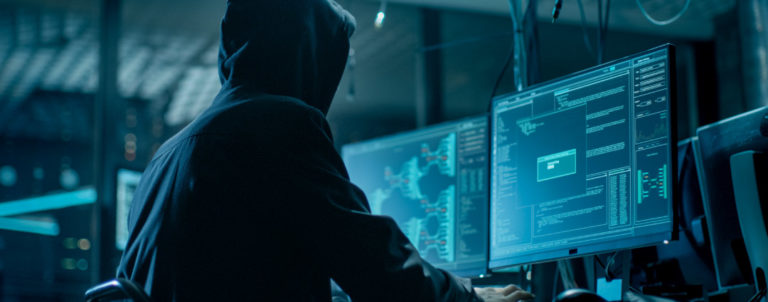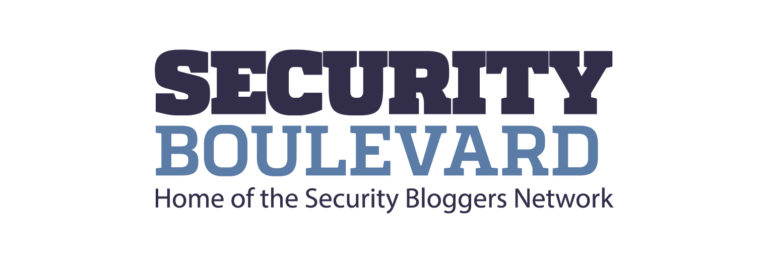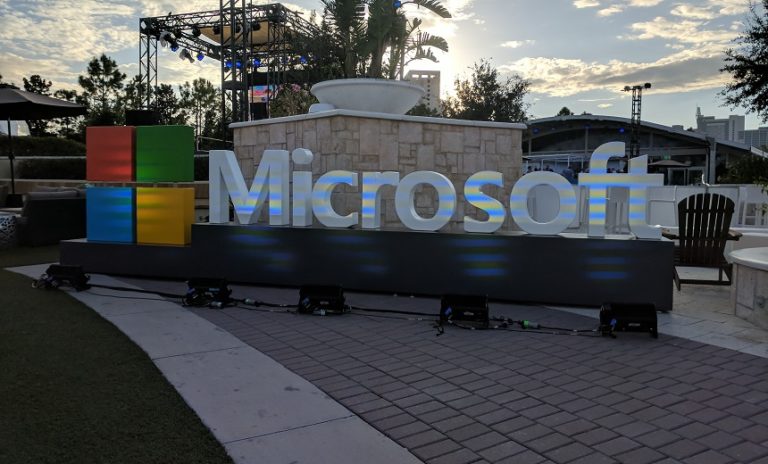Not just for IDing criminals — GCN
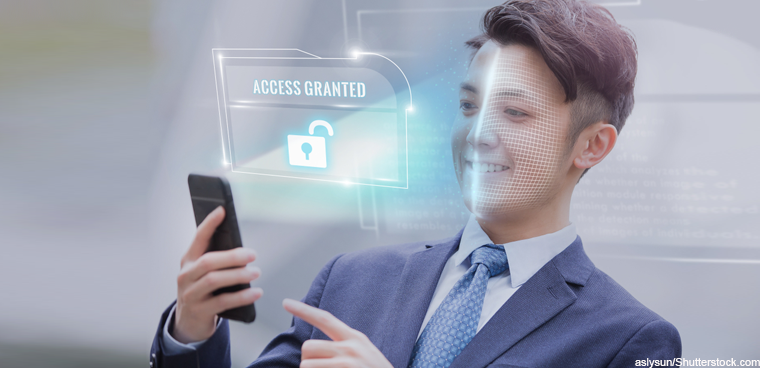
Facial recognition tech: Not just for IDing criminals
Federal agencies are expanding their use of facial recognition technology, especially for authenticating users before granting them digital access to devices.
According to an Aug. 24 Government Accountability Office report, 18 of the 24 agencies surveyed used FRT for digital access or cybersecurity, law enforcement or physical security.
Of the 16 agencies using FRT for digital access, 14 used it to unlock agency-issued smartphones, which was the most common purpose of FRT reported, GAO said. The General Services Administration and the Social Security Administration said they were testing whether FRT could verify identities of persons accessing government websites by comparing live images of users to stored photos from a government IDs.
Six agencies – the Departments of Homeland Security, Justice, Defense, Health and Human Services, Interior and Treasury – said they used FRT in criminal investigations, such as identifying a person of interest by comparing images of an individual against databases of mugshots or other records. DHS and the State Department also enlisted FRT for border protection to help verify travelers’ identities.
Five agencies use FRT to help physically secure facilities, such as conducting real-time searches through live camera feeds for individuals on watchlists or those suspected of criminal activity.
While most of the FRT-using agencies owned their own systems, some also had access to systems owned by another federal agency, state or local governments or commercial vendors.
Ten of the 24 agencies surveyed have been conducting FRT research and development. The Department of Commerce’s National Institute of Standards and Technology along with the National Science Foundation have been conducting or supporting broad-based research into FRT standards and tools. DOD, DOJ, DHS and State have been working to advance FRT applications used in their agency. DHS, for example, worked on improving FRT reliability when subjects were wearing masks. DOJ addressed issues of false matches related to skin tones and challenges involving deepfakes. State conducted research on the impact of aging on the accuracy of facial recognition.
Other agencies reported using FRT as a tool to conduct other research. The Department of Transportation’s Federal Railroad Administration used eye tracking to study alertness in train operators. Similarly, the Department of Veterans Affairs used eye tracking to evaluate pupil response in a research program that treats post-traumatic stress disorder in veterans. It also used a prosthetic device that tracks eye movements to help speech-impaired use a computer or tablet for communication.
About the Author
Susan Miller is executive editor at GCN.
Over a career spent in tech media, Miller has worked in editorial, print production and online, starting on the copy desk at IDG’s ComputerWorld, moving to print production for Federal Computer Week and later helping launch websites and email newsletter delivery for FCW. After a turn at Virginia’s Center for Innovative Technology, where she worked to promote technology-based economic development, she rejoined what was to become 1105 Media in 2004, eventually managing content and production for all the company’s government-focused websites. Miller shifted back to editorial in 2012, when she began working with GCN.
Miller has a BA and MA from West Chester University and did Ph.D. work in English at the University of Delaware.
Connect with Susan at [email protected] or @sjaymiller.

